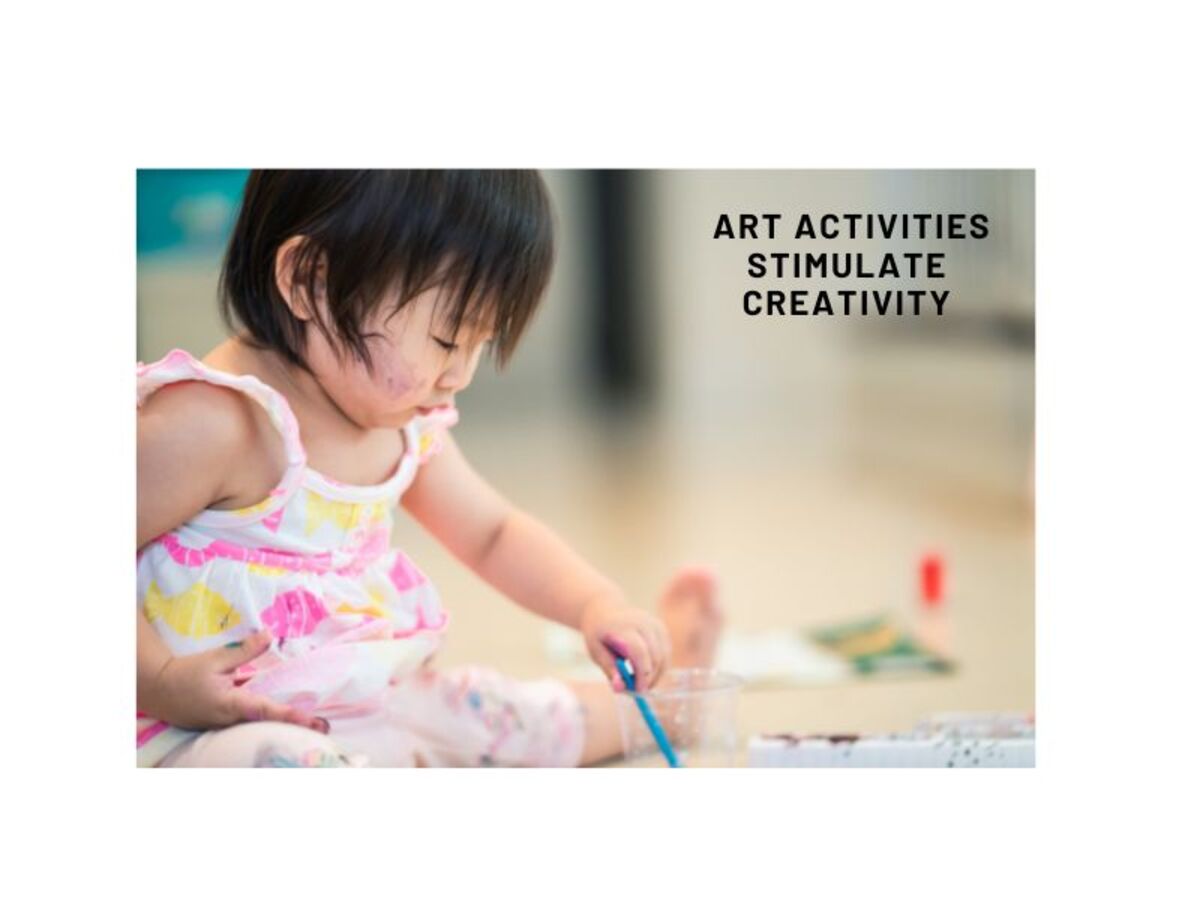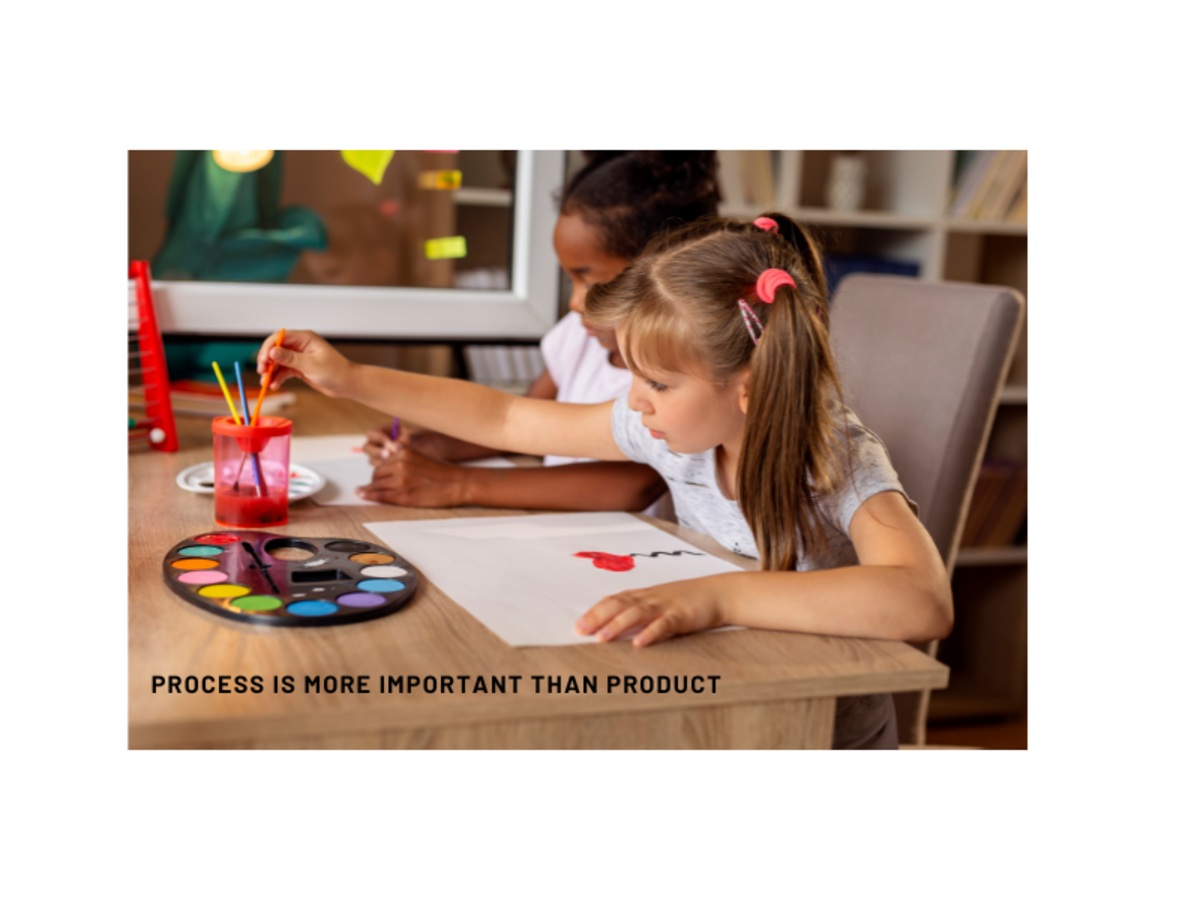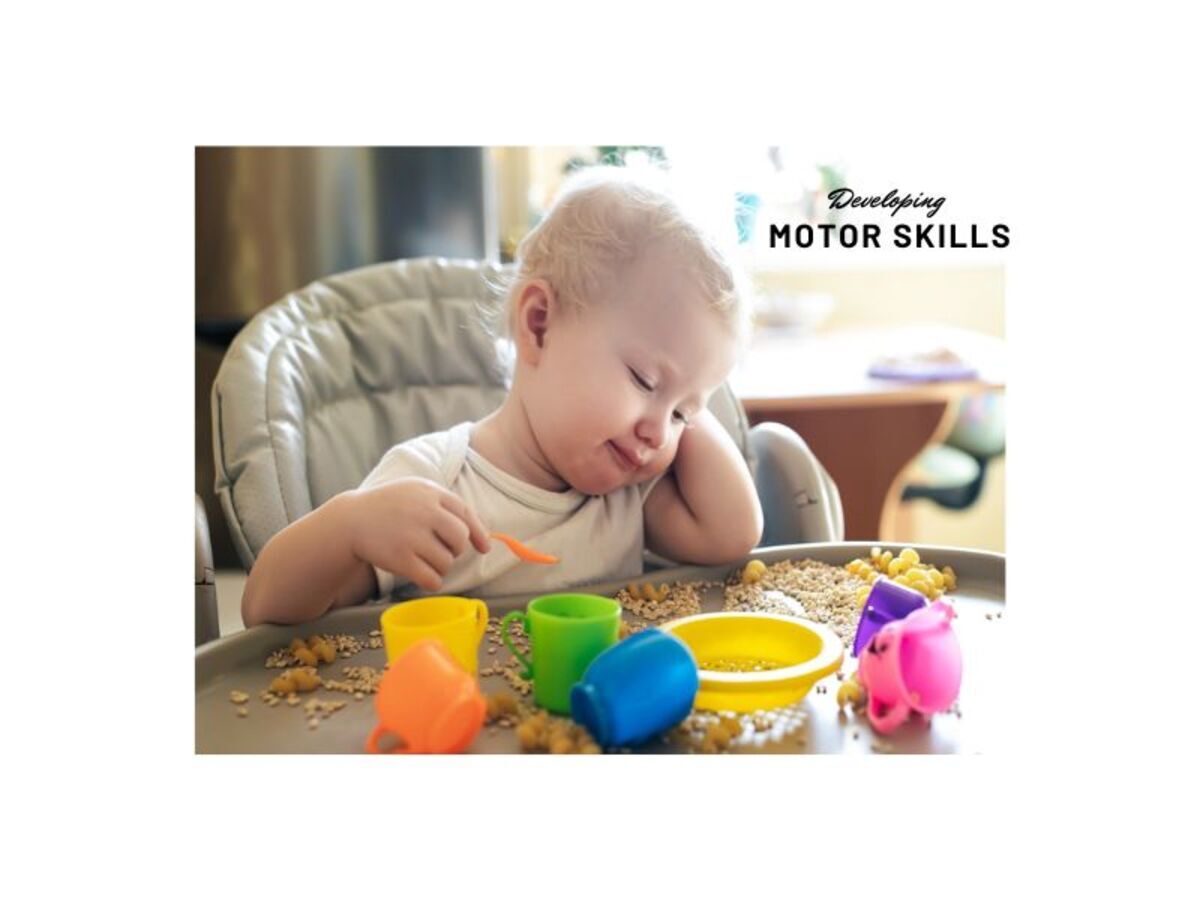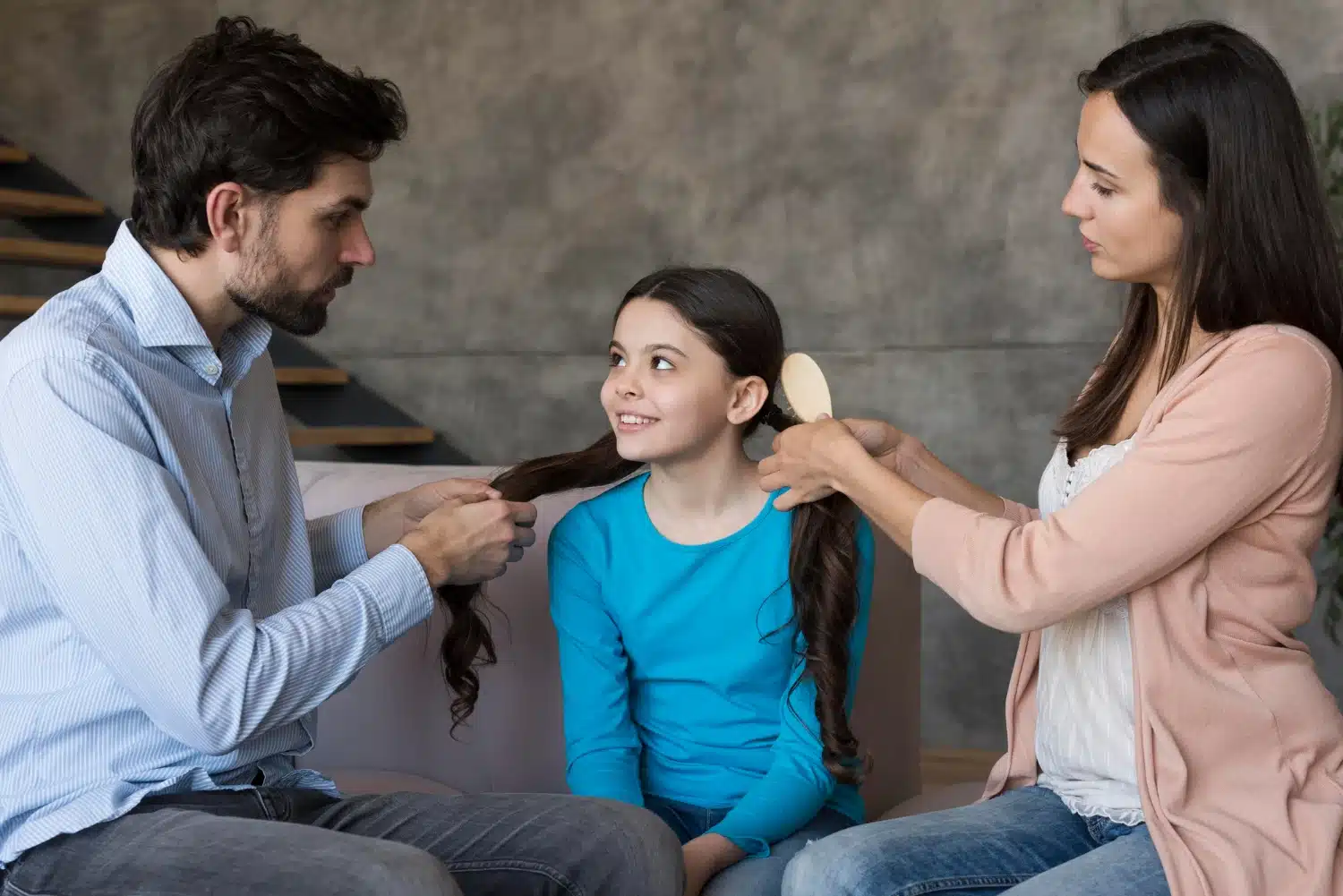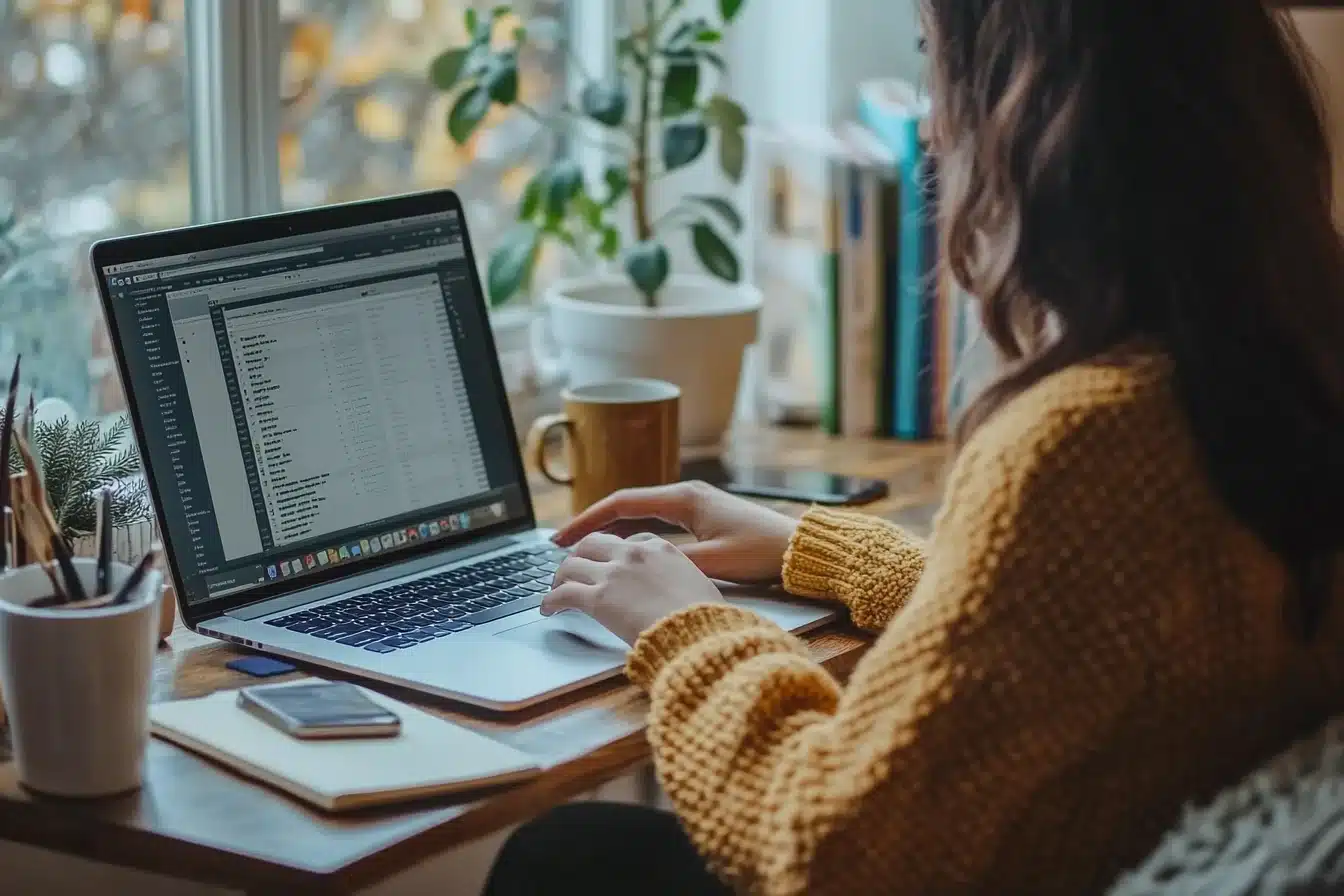Do You know what skills will be in demand over the next ten years? Well, these are not technology, math, or science. You will be surprised to know that individuals with strong creativity will be in high demand. Creativity is one of the most essential skills for success in tomorrow’s world. Creators will be needed to contribute their ideas and creative solutions. Companies would search for people with creative minds. That means we need to prepare our children to meet this challenge. But how? You may not realize it, but your kids could develop creativity in many ways. Creativity has been widely developed amongst kids when given ample opportunity at performing arts such as painting & drawing from early age onwards. This means we need to bring art into education regularly. So, let’s discuss the importance of art in education.
Importance of Art In Education?
Art is an integral part of a child’s education. It teaches them about the world and allows them to express themselves creatively. Art also helps children develop problem-solving skills and learn how to think outside the box. Teachers should ensure to include art in their lesson plans, and parents should encourage their children to explore their creative side.
Art’s first and foremost aim in education is to explore and enhance creativity. Involving children in art-based activities as early as possible may bring opportunities to grow well and provide beautiful experiences for kids. Simian and Marzilli Miraglia (2009) emphasize the need for developing creativity in all students because " without creative thinkers, society and culture may suffer, leaving a dangerous gap…, between those who lead and those who blindly follow the status quo” (p. 40). “In an early childhood setting, educators must acknowledge that arts education is a site for creativity, where children can explore their identities and understandings of the world while continuously advancing their holistic development.” (Grierson, 2011). Disseminating art education that supports aesthetic appreciation in an artistic environment encourages students and may cause them to develop their love for arts and creativity.
Art In Education for Creativity:
Teachers need to create a classroom that recognizes creativity. The classroom must be where students feel comfortable sharing novel ideas, allowing flexibility and creating norms that foster creative approaches. The most important thing is to allow room for mistakes. Sir Ken Robinson said it best: “If you’re not prepared to be wrong, you’ll never come up with anything original.” The environment should offer children opportunities to actively explore their potential, make decisions, follow through with their ideas, engage in real activities, and experience the arts.
Different art activities provide opportunities for students to create and see the reaction to their actions. When students choose the colors they like, draw or paint their favorite objects or just scribble, they explore their interest in the world of their imaginations. The visual arts thrive on the free expression of the imagination and the creative instinct common in all human beings (Sabol, 2010).
Art for Language Skills:
Children are born ready to learn a language. The preschool and early school years are crucial for developing children’s language skills. Children’s development of both receptive (understanding) and expressive (speaking) language is integral to all development, particularly intellectual functioning and creativity. Young children are also growing in confidence with everyday experiences such as oral language, having new capabilities for developing knowledge, symbolism, and representation.
They should be offered artistic opportunities to advance and benefit their holistic development and learning skills (MoE, 2017). Some language development occurs naturally by children experiencing a language-rich environment; fuller development of children’s language capacities may require targeted teaching and encouragement of children’s verbal expression. Therefore, the teacher must include aesthetic interaction and artistic works in arts education.
Art activities play a vital role in boosting children’s confidence to share their ideas with peers, parents, and teachers. It is crucial to give children the freedom to independently discover, explore, imagine and experiment when learning within the arts. Moreover, they will unconsciously develop their cognitive, social, and emotional thoughts and feelings about their art experiences.
Art for Motor Skills
Learning to use motor skills is a crucial developmental skill that enables all those daily movements and tasks. Children are naturally curious. They explore how their body works as soon as they can control their limbs. Imitation is a key component of self-awareness. They explore, observe and mimic each other as they figure out how to control themselves or their environments without falling over first!
Art is a great way for children to have fun and be creative. They can experiment with different materials in an organic, unstructured manner that lets their natural creativity shine through!
The ability to control your body and perform daily tasks is a skill that can be developed with practice. Barton, Fordyce, and Kirby, as cited in Pica (2003), stated that “motor skills are not only critical life skills that enable us to go about our daily lives effectively and safely; motor skills are also important determinants of our ability to participate in our culture and develop and maintain a physically active lifestyle” (p. 97).
Learning to use motor skills is a crucial developmental skill that enables all those daily movements and tasks.
Art for Cognitive Skills
A logical mind is a curious mind. It questions and studies why things exist, happen, live, and die. The logical mind understands that gravity causes an object to fall, but the artistic mind begins wondering and imagining what causes gravity. Children’s growth of mind depends on the activities they are involved in.
Art activities in pre-primary and primary classrooms benefit children’s cognitive and social development. When the children are engaged in drawing activities, it helps in developing their cognitive abilities through the discussions and reflections they make on the various drawings.
Therefore, the educator is responsible for providing art-rich environments where children can explore, touch, manipulate and experiment with various real-life and diverse materials and where children can ask questions, make hypotheses, and develop their thinking.
Also Read: How to Raise a Happy Child
Art for Social Skills:
A logical mind is a curious mind. It questions and studies why things exist, happen, live, and die. The logical mind understands that gravity causes an object to fall, but the artistic mind begins wondering and imagining what causes gravity. Children’s growth of mind depends on the activities they are involved in.
Art activities in pre-primary and primary classrooms benefit children’s cognitive and social development. When the children are engaged in drawing activities, it helps in developing their cognitive abilities through the discussions and reflections they make on the various drawings.
Therefore, the educator is responsible for providing art-rich environments where children can explore, touch, manipulate and experiment with various real-life and diverse materials and where children can ask questions, make hypotheses, and develop their thinking.
The Bottom Line
The role of art activities in pre-primary and primary education has garnered the attention of art teachers, researchers, and educationists. Research studies show that art activities in early childhood help children grow holistically. Involving children in art activities provides them with quality time and develops them physically, socially, mentally, and academically.
Apart from providing children with art activities, it is equally important to boost children’s creativity through developmentally appropriate art experiences. The most important rule for guiding children’s art activities is that the process is always more important than the product. When children are encouraged to explore the process and not necessarily focus on creating a product, they will more likely be inspired to be involved in art activities that will help them grow holistically.
References:
Grierson, E. (2011). Art and creativity in the global economies of education. Educational Philosophy and Theory, 43(4), 336–350.
Ministry of Education. (2017). Te whāriki: He whāriki mātauranga mō ngā mokopuna o Aotearoa: Early childhood curriculum. Wellington, New Zealand: Author.
Pica, R. (2003). Your active child: How to boost physical, emotional, and cognitive development through age-appropriate activity (1st ed.) New York: McGraw-Hill.
Robinson, K., Sir (Director). (2006, February). Do schools kill creativity?[Video file]. Retrieved from https://www.ted.com/talks/ken_robinson_says_schools_kill_creativity?language=en#t-326661
Smilan, C., & Marzilli Miraglia, K. (2009). Art teachers as leaders of authentic art Integration. Art Educotion, 62(6). 39-45.
Sabol, F. R. (2010). No Child Left Behind: A study of its impact on art education. Reston, VA: National Art Education Association and National Art Education Foundation.

